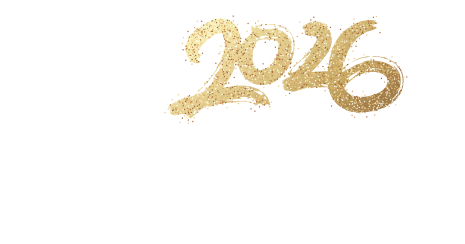Habitat Banks and Purchasing Biodiversity Units
What is a Habitat Bank?
Biodiversity Gain Sites, which are more commonly referred to as 'habitat banks', are an important part of the Biodiversity Net Gain (BNG) system.
A habitat bank describes an area of land where a program of habitat creation and/or enhancement has achieved an uplift in biodiversity value - measured in 'biodiversity units'. The ‘biodiversity units’ that are produced can then be sold and allocated to a development proposal where it may not be possible or viable for the developer to achieve 10% net gain on-site, and don't have any off-site land themselves.
Habitat banks are not only a useful way of helping developers to meet their BNG requirements, but also present new opportunities for landowners. Land which currently is unused, unproductive, or generally unsuitable for other purposes could potentially enable access to grant funding and yield new income for landowners - whilst contributing to natures recovery.
However, setting up a habitat bank is a significant long-term commitment and investment, and potential applicants are advised to view the government's webpage on selling biodiversity units as a land manager, before proceeding.
Securing a Habitat Bank
The 'biodiversity units' that have created (or intend to be created) must be secured via a legal agreement for a minimum of 30-years. There are currently two available options to developers: a S106 agreement or a conservation covenant.
S106
A S106 is traditionally an agreement between the Council and a developer to make sure the developer provides local infrastructure as part of their development scheme. However, they can also be used for wider reasons, including scenarios like an agreement between the Council and a landowner that secures the use of land for a specific purpose such as a habitat bank for the creation of biodiversity units.
Conservation Covenant
A conservation covenant is a private, voluntary agreement between a landowner and a responsible body to conserve the natural features of a site or area of land. The covenant sets out what each party must or must not do to help conserve the land.
For further information on conservation covenants and who can act as a responsible body please view the government guidance on responsible bodies for conservation covenants.
Applying to Ashford Borough Council
Ashford Borough Council is keen to work proactively with landowners to support the set-up of habitat banks within the area which sell a variety of different types and quantities of biodiversity units, by formulating and agreeing a S106.
Before entering directly into a S106, the Council must first be satisfied that the habitat bank proposal is suitable, achievable and deliverable. Details of what information we require in order to assess a proposal is set out below:
- A Habitat Bank Proposal Form
- Site Map - 1:1250 scale (or 1:2500 scale for larger sites)
- A Statutory Biodiversity Metric - showing both the pre and post development calculations
- Pre and post habitat maps showing the location and extent of the on-site habitats
- A Habitat Management and Monitoring Plan (HMMP)
- A Competency Statement
- A phasing plan if intending to deliver the habitat site in stages, rather than all at once.
- Business model / evidence of cash flow to undertake an assessment of viability.
Please note that although the Council will look to assess applications as quickly as possible, the determination of Habitat Bank proposals is not governed by legislative framework and/or timeframes and is currently a discretionary service being offered by the Council.
Habitat bank proposals may vary greatly in terms of size and complexity, as such it is not possible to set a flat rate application fee for this service. Therefore, officer time spent processing the application will be charged at £50 per hour, along with any any external costs incurred where specialist expertise may be required. An invoice will be issued for payment following the determination of the application. Withdrawn applications will also be charged for the number of hours completed to the date where written confirmation has been received by the Council.
The habitat bank application form and all supporting documentation should be submitted to planning.help@ashford.gov.uk
Assessment of Habitat Bank Proposal
On receipt of an application, planning officers will review and consult the Kent Ecological Advice Service on the acceptability of the proposal for a habitat bank. It may also be necessary to undertake an assessment of the viability of the scheme.
Once acceptability of the habitat bank has been determined and any outstanding invoices paid, the Council’s legal team can be instructed to draft and oversee the execution of a S106 for the site. Please note that applicants will be required to cover both their own and the Council's legal costs of preparing the S106 agreement.
Whilst the Council welcome the opportunity to enter into a s106 Agreement in support of facilitating habitat banks within the borough, please note that it is not obliged to enter into any such agreement. Any such agreement therefore must be reasonable and enforceable and not place the council at any unnecessary risk or burden.
Once the S106 has been signed, the habitat bank must be registered with Natural England on the National Biodiversity Gains Site Register before any biodiversity units can be sold and allocated to a specific development. For further information please view the governments guidance on registering a biodiversity gain site.
Typically, the S106 will include steps for monitoring the habitat gains you have made, and whether the land is being managed appropriately. There are likely to be trigger points at years 2, 5, 10, 15, 20, 25 and 30 when the Council will require the landowner to report on progress of the on-site habitats. Enforcement action can be taken where the landowner doesn’t comply with the Agreement throughout the minimum 30-year period.
Please be aware, that the Council will not promote or encourage the purchase of Biodiversity Units from any one particular habitat bank over another.






